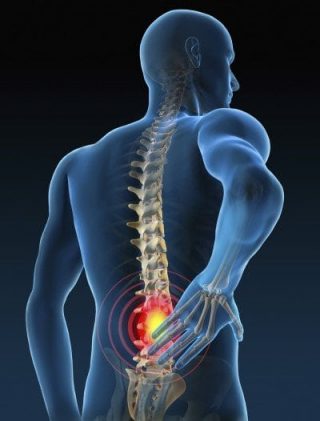Chiropractic Care May Reduce the Need for Future Back Surgeries: Study


Every year, half a million Americans find themselves on the operating table for lumbar discectomies to combat debilitating lower back pain caused by herniated discs. Yet, the path to relief is not always straightforward—up to 14 percent of patients find themselves needing additional surgery, underscoring the complexities of effectively treating persistent back pain.
However, hope emerges from the University Hospitals Cleveland Medical Center, where recent research indicates that chiropractic care could significantly slash the rates of secondary surgeries. Published in BMC Musculoskeletal Disorders, the study casts a new light on the potential of spinal manipulative therapy (SMT) in the aftercare of lumbar discectomy.
Led by chiropractic physician Robert J. Trager, the research delved into the experiences of adults grappling with ongoing sciatica—a form of pain radiating along the sciatic nerve—post-surgery. Over a two-year observation, the study compared the outcomes of patients receiving SMT with those under standard medical care, uncovering the substantial impact of chiropractic intervention in reducing the need for further surgical interventions.
Delving Into the Data
Leveraging data from the U.S. health records consortium, TriNetX Inc., the study explored health records spanning two decades, from 2003 to 2023. This expansive dataset encompassed a broad spectrum of patients, averaging 61 years of age, and mirrored the demographic frequently opting for back surgeries.
Using a statistical method known as propensity matching, the researchers effectively created two comparable groups for their analysis. One group received chiropractic care, while the other underwent usual medical care (without chiropractic SMT). This technique ensured a level playing field by balancing various factors such as age and overall health status between the two groups.
Eye Opening Results
Patients in the chiropractic group showed a 45 percent reduction in the likelihood of needing another lumbar surgery compared to those in the standard care group. Notably, only 7 percent of patients undergoing chiropractic care required a second operation, against 13 percent in the control group.
In a press statement, Dr. Trager underlined the importance of the results but also urged prudent interpretation. “This is the largest study of its kind to date and shows promise for chiropractic spinal manipulation in this population. However, we need to be careful about interpreting the findings, considering it is an observational study.”
The study suggests that chiropractic care may be a valuable addition to post-surgical treatment plans. Its potential to reduce the need for another back surgery could alleviate the physical and emotional burden on patients and imply significant health care cost savings, as alluded to in the study




